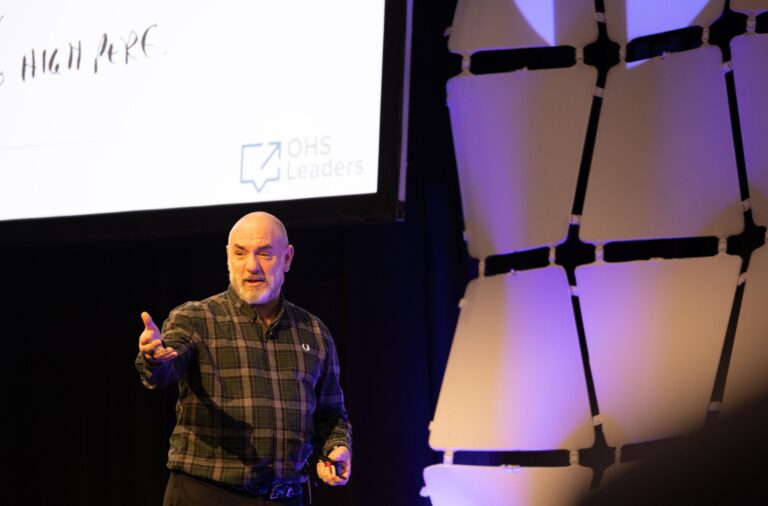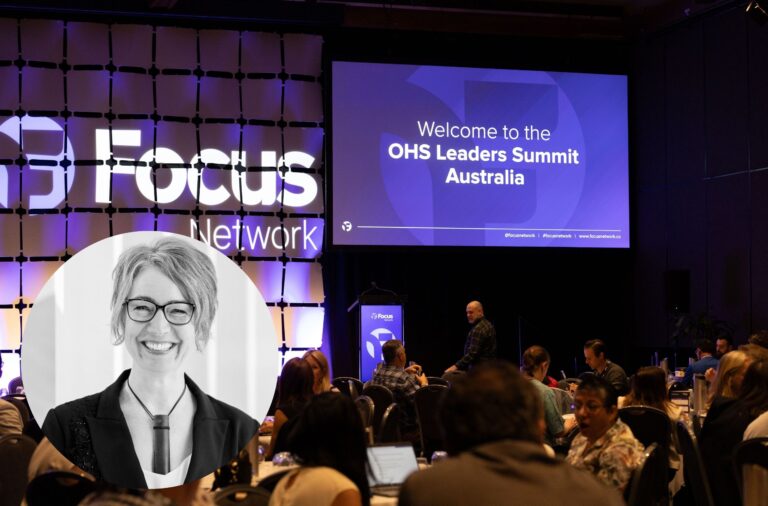
Sarah Cuscadden, Head of Health, Safety and Environment at AGL, took the stage at OHS Leaders Gold Coast to share what might be one of the most significant challenges facing not just her organisation—but the country: a full transition from coal-fired energy to renewables. And with it, a complete shift in safety risk profile, culture, and workforce capability.
AGL is Australia’s largest emitter. The company has made a bold commitment to close its coal-fired power stations and move entirely to renewable energy, with some gas peaking plants, by 2035. But this isn’t a story about infrastructure. It’s about people.
And the challenge is immense.
The challenge of change.
“Change has an impact. On safety. On health. On mindset.”
Sarah didn’t shy away from the uncomfortable truth. “Change is the third certainty,” she said, alongside death and taxes. And for AGL’s deeply embedded workforce – some of whom have been at the same site for 50 years – it’s a seismic shift.
The challenge isn’t just operational. It’s cultural. It’s psychological.
And it’s personal.
Building a safety strategy that keeps pace with transformation
AGL’s safety strategy is deliberately lean and purposefully synchronized with the business strategy. It’s not a standalone document, instead it’s embedded in the change.
“We review it monthly. We’re agile. We have to be. The risk profile is changing faster than ever,” Sarah shared. “You don’t know what you don’t know. But you still have to plan for it.”
This means shifting from known coal risks to emerging risks in wind, solar, battery, and hydro – many of which AGL has never managed before.
So, they’re simulating. Visiting sites. Bringing the board and executive team along.
“We’re learning as we go. And we’re building capability before we arrive; not after.”
Inclusion of your full workforce is key.
AGL’s workforce doesn’t end at its employee base. With thousands of contractors across the country, Sarah was clear that their inclusion is non-negotiable.
“Our success depends on our contractors’ success. We bring them into everything we do.”
That includes involving them in risk assessments, safety planning, training, and capability building—ensuring that controls are practical, relevant, and embedded in day-to-day operations.
Leading through uncertainty
At the heart of it all is AGL’s people. Sarah outlined the importance of building capability now—so workers aren’t left behind. Every transitioning site includes a “Future You Hub,” a safe space where employees can ask questions, do training, or just sit with uncertainty.
Leaders have been trained in empathy, resilience, and change. And controls aren’t just rolled out. They’re piloted, tested, and refined before being scaled.
“There’s only so much change people can absorb,” Sarah explained. “We have to be honest about that.”
A coordinated effort
The HSE team at AGL isn’t operating in a silo. Risk measurement runs from the boardroom to the front line. High-risk roles are supported with virtual training, digital walkthroughs, and wearable tech for lone workers. Everything is designed to keep people safe—without overwhelming them.
“This is a massive task,” Sarah concluded. “But we need everyone—from safety, to ops, to the board—to move together.”
But perhaps her best piece of advice, and one that applies to all organisations, is this:
“We can’t just push change. We have to walk alongside our people.”
Share:



